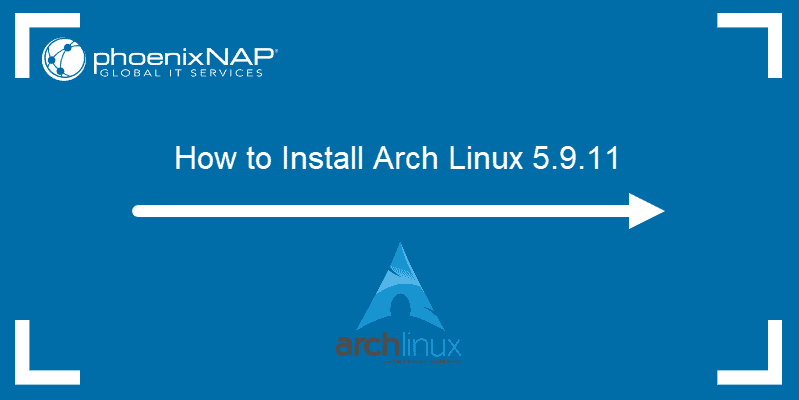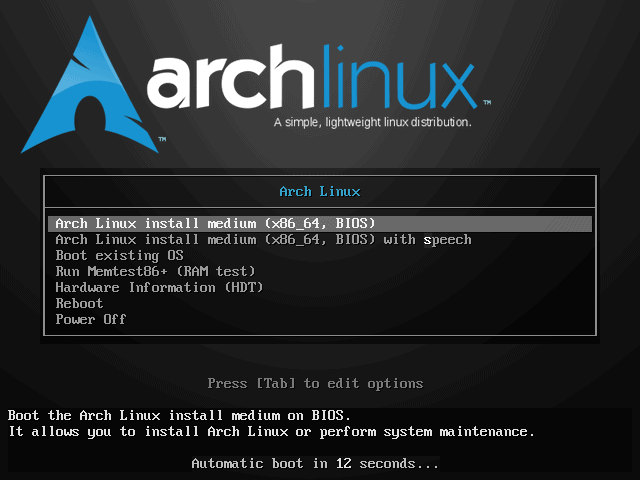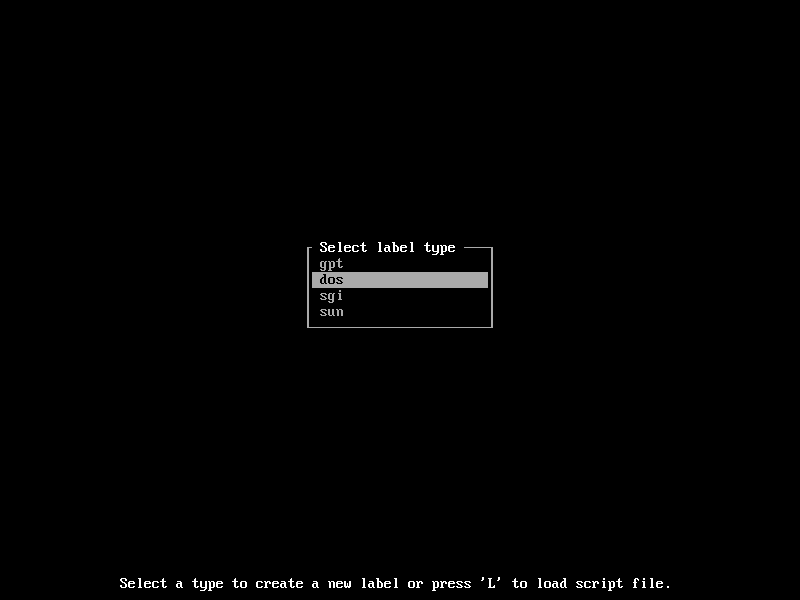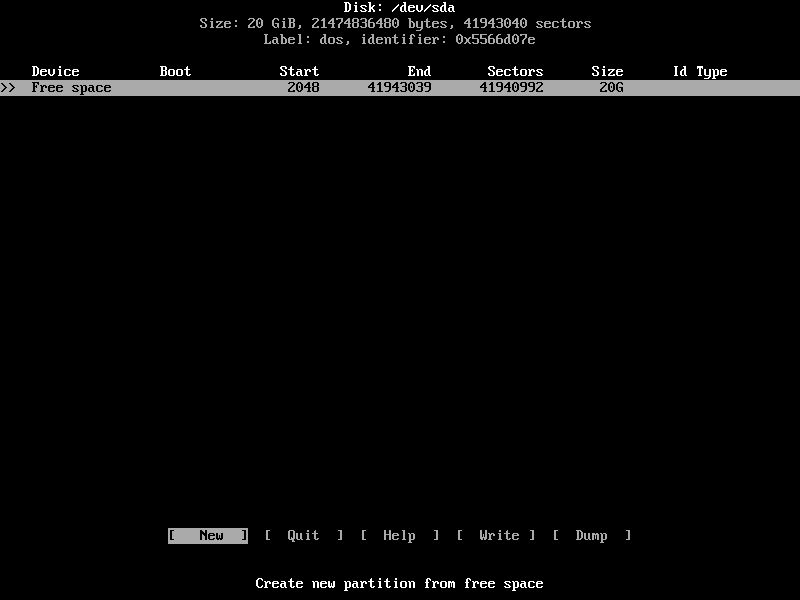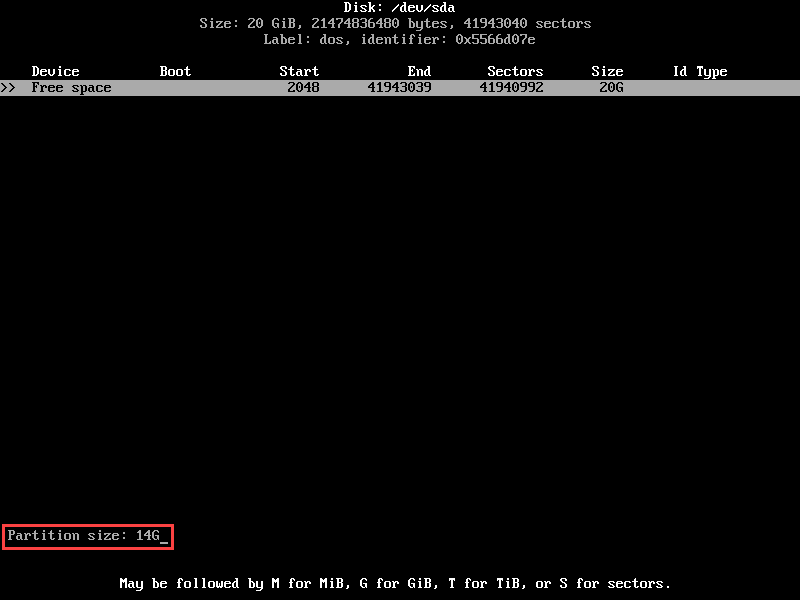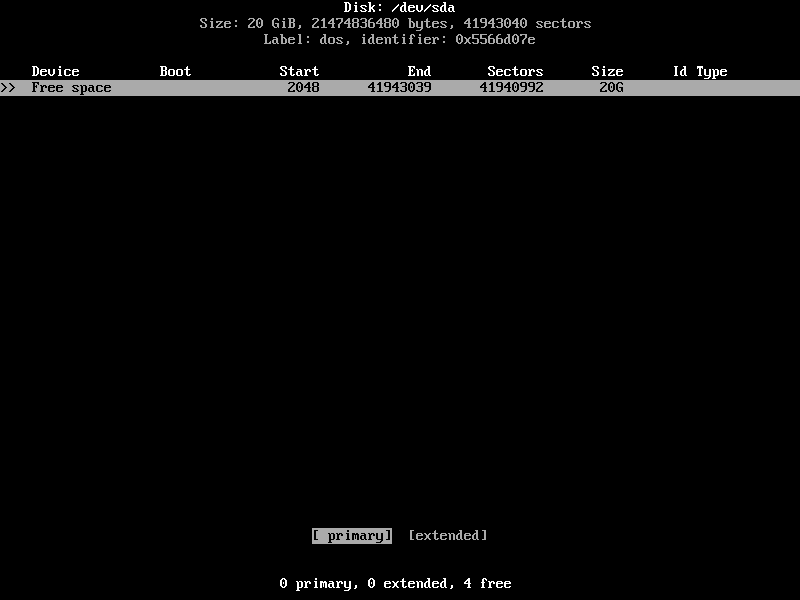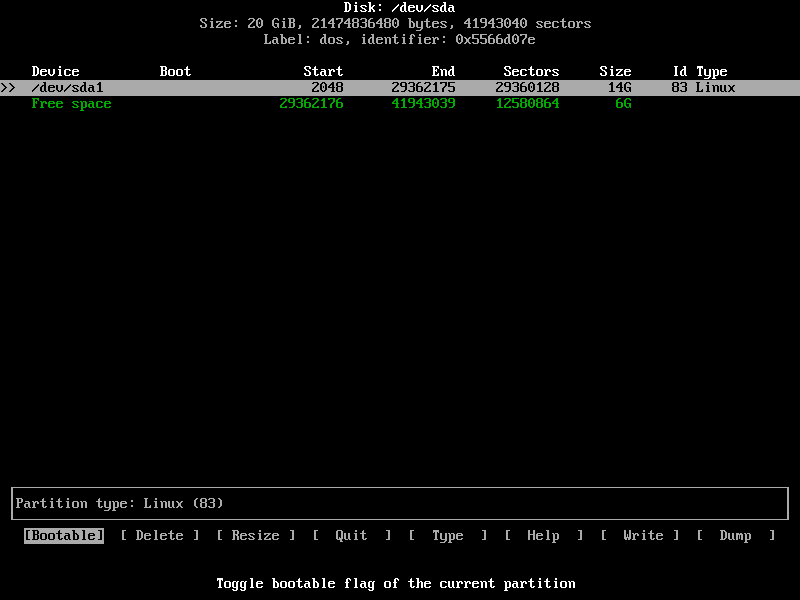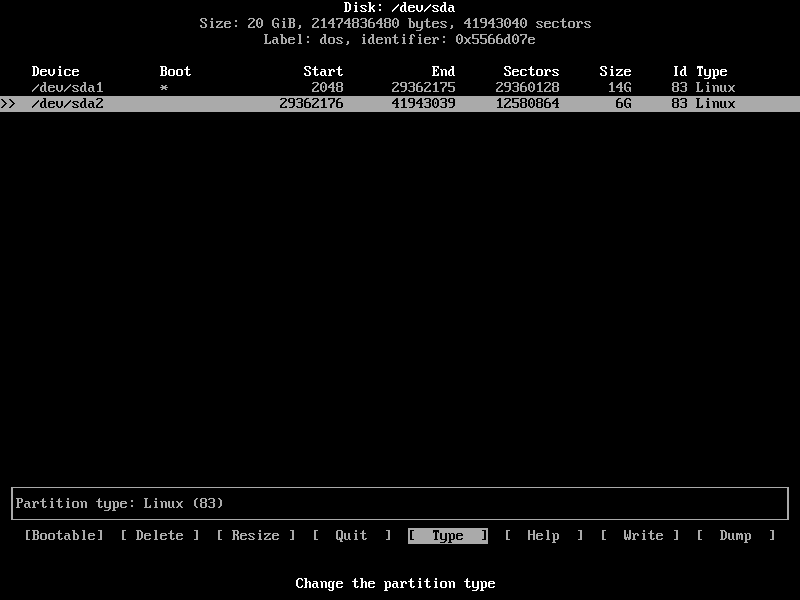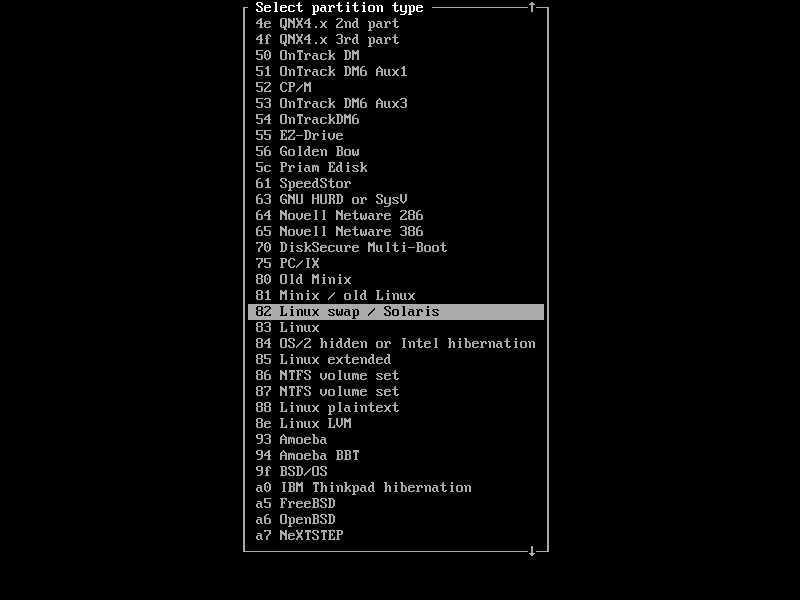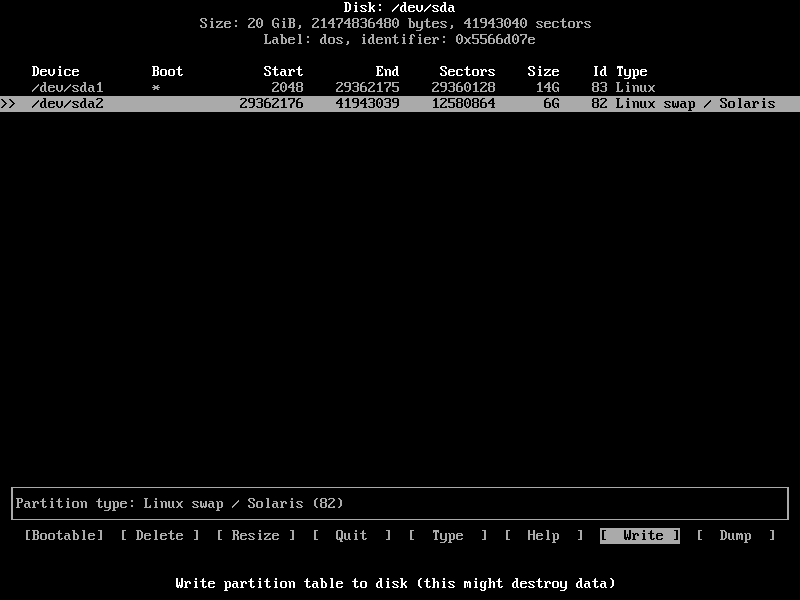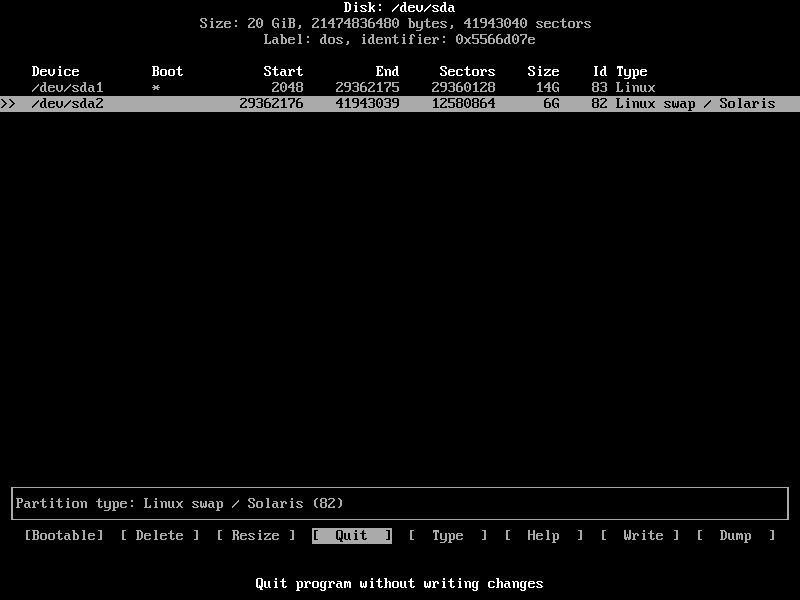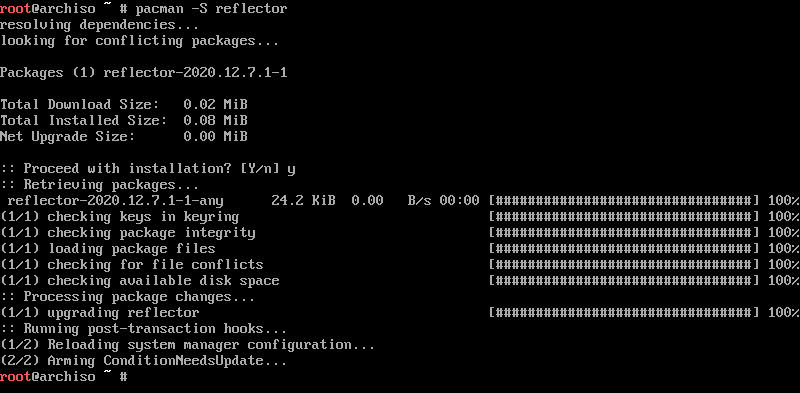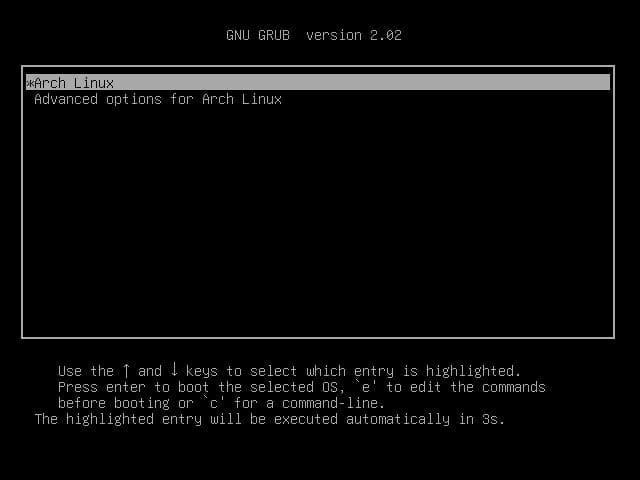- How to Install Arch Linux
- Arch Linux Install Guide
- Step 1: Download the Arch Linux ISO
- Step 2: Create a Live USB or Burn Arch Linux ISO to a DVD
- Step 3: Boot up Arch Linux
- Step 4: Set the Keyboard Layout
- Step 5: Check Your Internet Connection
- Step 6: Enable Network Time Protocols (NTP)
- Step 7: Partition the Disks
- Step 8: Create Filesystem
- Step 9: Mount the Filesystem
- Step 10: Check the Mirror List for an Appropriate Mirror
- Step 11: Install Arch Linux
- Step 12: Configure Arch Linux
- Generate the fstab File
- Use Arch-Chroot and Enter the Mounted Disk as Root
- Set the Time Zone
- Set the Locale
- Set the Hostname File
- Set the Root Password
- Step 13: Install Grub Bootloader
- Step 14: Exit Arch-Chroot Environment and Reboot
- Step 15: Login to Arch Linux
How to Install Arch Linux
Arch Linux is currently one of the most popular Linux distributions, thanks to its versatility and minimal system requirements.
Arch Linux features a rolling release and always comes with the latest Linux kernel and functionalities.
This article is a step-by-step guide on how to install and configure Arch Linux on your computer.
- At least 1GB of RAM and 20GB of free hard-drive space
- An internet connection
- A blank DVD and the hardware and software necessary to burn it
- Alternatively, a USB drive with at least 2GB of free space
Note: The installation requires formatting your hard drive. Doing this removes all saved data. Make sure to back up relevant data before starting the installation process.
Arch Linux Install Guide
Install Arch Linux on your computer by following the steps outlined below.
Step 1: Download the Arch Linux ISO
Download the ISO from the Arch Linux download page. There are two ways to do so:
To download the ISO via torrent, choose between adding a magnet link to your BitTorrent app or downloading the torrent file.
Alternatively, scroll through the page until you find a mirror that’s closest to your current location.
Step 2: Create a Live USB or Burn Arch Linux ISO to a DVD
Once you have the Arch Linux ISO, you can create a live USB or burn it to a DVD.
Create a Live USB of Arch Linux
The simplest way to create a live USB of Arch Linux is to use an app like Etcher GUI. This app is available on both Linux and Windows systems.
If you are using Linux, create a live USB with the following command:
dd bs=4M if=/path/to/archlinux.iso of=/dev/sdx status=progress && syncBurn the Arch Linux ISO to a DVD
You can also install Arch Linux from a DVD. Use a tool like Brasero or AnyBurn to burn the ISO you downloaded onto a blank DVD.
Step 3: Boot up Arch Linux
1. With the Arch Linux ISO burned on a DVD or stored as a live USB, insert the installation media into your computer and restart.
2. Depending on your system, pressing F2, F10, or F12 lets you choose the device the system boots from.
3. With the boot settings open, select the preferred install media (live USB or DVD). The following screen shows up after Arch Linux boots:
4. Select Boot Arch Linux (x86_64) and press Enter to start the setup process.
Step 4: Set the Keyboard Layout
During the Arch Linux installation, the default keymap is US. To list other available layouts, run:
ls /usr/share/kbd/keymaps/**/*.map.gzTo change the layout, use the appropriate layout file name with the loadkeys command. For example, run the following command to select a German keyboard layout:
Step 5: Check Your Internet Connection
Check your Internet connection using the ping command:
If you want to install Arch Linux using a wireless Internet connection, consult the Arch Linux wiki’s wireless network configuration section.
Step 6: Enable Network Time Protocols (NTP)
Next, enable Network Time Protocols (NTP) and allow the system to update the time via the Internet:
To check the NTP service status, use:
Step 7: Partition the Disks
1. Use the fdisk command to list all available disk drives:
2. Find the name of the disk you want to partition. The name is displayed in the /dev/sdX format, where X is the drive letter.
Note: When reviewing the list of available disk drives, ignore the ones ending in rom , loop , or airoot .
2. Partition the drive using the cfdisk command:
Where X is the drive letter of the disk you want to partition.
3. Using the arrow keys, select dos as the label type, and press Enter.
4. The next screen shows how much free space you have on the selected disk and lets you allocate it. Select New at the bottom of the screen and press Enter to begin creating a new disk partition.
5. Select the partition size, shown in gigabytes. Once you enter the preferred size, press Enter to confirm.
Note: Make sure to leave enough free space for the swap space partition. This partition requires at least two times the amount of RAM in disk space.
6. Once prompted, set the partition as Primary and press Enter to confirm.
The new partition is now displayed, along with the free space available on the disk drive.
7. Select the Bootable option at the bottom of the screen and press Enter to confirm. This way you make sure that Arch Linux boots from your primary partition installed.
8. Repeating the process outlined above, you need to create another partition using the remaining disk space. Instead of making the new partition bootable, select the Type option at the bottom of the screen and press Enter.
9. Scroll down on the list until you find 82 Linux swap / Solaris. Press Enter to confirm. This creates a swap space partition.
10. Confirm the changes to the drive by selecting Write at the bottom of the screen. Type yes, and press Enter.
11. Select Quit and press Enter to exit the cfdisk screen.
Step 8: Create Filesystem
You need to format the new partitions to install Arch Linux. To do this, create a file system for each of the partitions.
1. Use the mkfs command to create an ext4 filesystem for the bootable partition:
Where X is the drive letter of the disk the partition belongs to.
2. Next, create a file system for the swap space partition using the mkswap command:
Again, replace X with the drive letter of the disk the partition belongs to.
Step 9: Mount the Filesystem
Now, mount the filesystems you created by running the following commands:
mount /dev/sdX1 /mnt swapon /dev/sdX2- mount – Mounts the filesystem on the bootable partition.
- swapon – Activates the swap space filesystem.
- X – The drive letter of the disk the partition belongs to.
Step 10: Check the Mirror List for an Appropriate Mirror
The Arch Linux installation downloads the necessary files through a mirror. Downloading files from a mirror that’s far away from your location slows down the process, which eventually causes the installation to fail.
To speed up the download, you need to set up the mirror list to make the fastest mirrors at the top.
1. Start by syncing the pacman repository:
2. Installing a reflector lets you update the mirror and sorts it by download speed. Add a reflector by typing:
3. If necessary, create a backup of the mirror list:
cp /etc/pacman.d/mirrorlist /etc/pacman.d/mirrorlist.bak4. Use the reflector to update the mirror list:
reflector -c "XX" -f 12 -l 10 -n 12 --save /etc/pacman.d/mirrorlistWhere «XX» is the code of your country (for example, enter «US» if you are located in The United States).
Note: The mirror list is located in /etc/pacman.d/mirrorlist .
Step 11: Install Arch Linux
Use the pacstrap script to install Arch Linux to the bootable partition:
pacstrap /mnt base linux linux-firmwareDepending on your download speed, the installation process might take some time.
Step 12: Configure Arch Linux
Once the Arch Linux installation is complete, you need to configure the settings.
Generate the fstab File
The fstab file defines the order in which disk partitions, block devices, remote devices, and other data sources are mounted.
Create a fstab file by running:
genfstab -U /mnt >> /mnt/etc/fstabUse Arch-Chroot and Enter the Mounted Disk as Root
Change the root to the newly installed Arch Linux system with the arch-chroot command:
Set the Time Zone
1. First, list all the available time zones:
timedatectl list-timezones2. Find your time zone and make a note of the name.
timedatectl set-timezone Time/ZoneReplace Time/Zone with the appropriate name.
Set the Locale
Setting up the locale determines the language, date, numbering, and currency format for your system.
1. The locale.gen file contains a list of all available locales. Open it and find the name of your preferred locale:
2. Uncomment the name of your preferred locale and any other you would like to use.
3. Press Ctrl + X to exit and type Y to save the changes.
4. Generate a locale configuration file by typing:
locale-gen echo [locale_name] > /etc/locale.confWhere [locale_name] is the name of your preferred locale.
Note: You can also change the time zone and locale later while using your Arch Linux system.
Set the Hostname File
1. Create a hostname file and add your hostname to it by running the following hostname command:
echo [your_hostname] > /etc/hostname2. Then, create a hosts file via touch command:
3. Add the following content to the new hosts file:
127.0.0.1 localhost ::1 localhost 127.0.1.1 [your_hostname]4. To enable the Dynamic Host Configuration Protocol (DHCP), type:
Set the Root Password
Set up a new root password with the passwd command:
Running this command prompts you to type and then retype your new password.
Step 13: Install Grub Bootloader
Next, install the GRUB bootloader. There are two ways to install GRUB, depending on whether you are using a non-UEFI or UEFI system.
Install GRUB Bootloader on a Non-UEFI System
1. Add the GRUB bootloader packages by using the pacman manager:
2. Install the GRUB bootloader:
Where X is the letter of the drive you want to install GRUB on.
3. Create a GRUB configuration file by using:
grub-mkconfig -o /boot/grub/grub.cfgInstall GRUB Bootloader on a UEFI System
1. Add the GRUB bootloader packages by using the pacman manager:
2. Create a directory for the EFI partition:
3. Mount your bootable partition to the directory you created:
Where X is the drive letter of the disk the partition belongs to.
grub-install --target=x86_64-efi --bootloader-id=GRUB --efi-directory=/boot/efi5. Finally, create a GRUB configuration file:
grub-mkconfig -o /boot/grub/grub.cfgStep 14: Exit Arch-Chroot Environment and Reboot
1. Exit the arch-chroot environment:
Step 15: Login to Arch Linux
Once the system reboots, GRUB loads and offers you the option of loading Arch Linux. Press Enter to load the system. Use the password you set up to log in.
After following this guide, you should have successfully installed and configured Arch Linux on your computer. If you need an Arch Linux desktop environment, refer to our guide How To Install GNOME In Arch Linux.
Have fun working on this versatile and lightweight Linux distribution!
